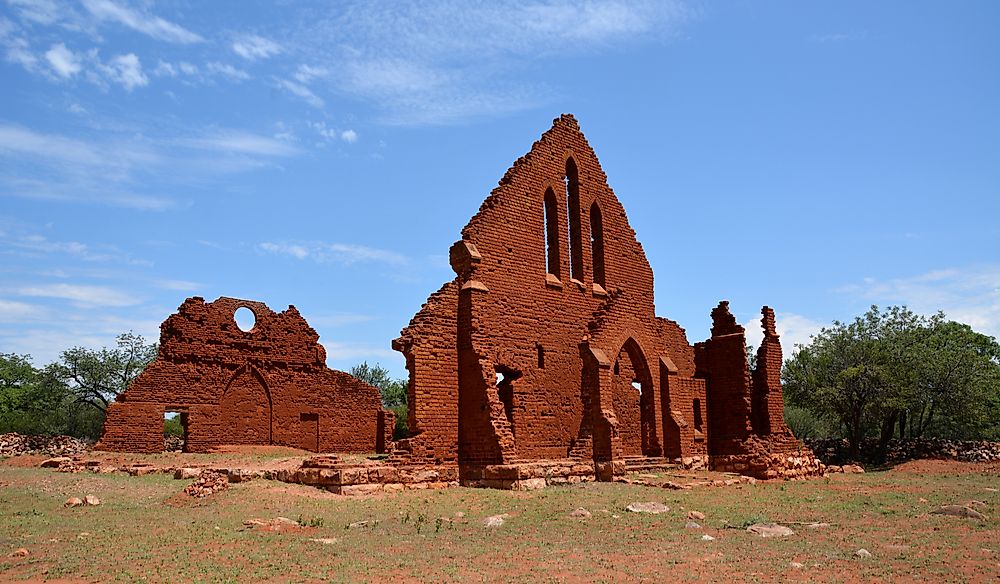What Was Bechuanaland?

When the British occupied parts of Africa, they established several Crown colonies. Although most of these colonies have since attained independence and are now sovereign states, the British still have jurisdiction over certain overseas territories. In some overseas territories known as protectorates, the British exercised very limited jurisdiction since such territories already had local rulers. One of the well-known British protectorates in Africa was the Bechuanaland Protectorate in Southern Africa now known as the Republic of Botswana. British Bechuanaland should not be confused with Bechuanaland Protectorate as the former was a Crown Colony of the United Kingdom that today forms part of South Africa.
History of Bechuanaland
When John Mackenzie, a Scottish missionary who worked for the London Missionary Society and lived at Shishong, felt that Boer freebooters were becoming a threat to the Ngwato and other Africans that he was working with, he championed for what would become Bechuanaland Protectorate which was to be administered from the UK. In Early 1885, the UK cabinet resolved to send military personnel to South Africa to reign over the contested area.
Following the signing of several treaties between the British and the local rulers, the formation of the Protectorate was officially announced by Warren on March 31, 1885. The name “Bechuanaland” means “the country of the Tswana.” For the purpose of administration, Bechuanaland was subdivided into two; the northern portion which was the Bechuanaland Protectorate and the southern portion which was the British Bechuanaland (Crown colony).
Initially, the British government had intended to hand over the administration of the Protectorate to South Africa or Rhodesia (modern Zimbabwe) but the Tswana opposed the move leaving the Protectorate under the British rule until 1966.
Administration of the Protectorate
When the Bechuanaland Protectorate was established, the Tswana rulers were technically in charge of the administration while the British’ role was to protect it against other Europeans. Perhaps one of the most popular local rulers was King Khama III who was strongly supported by the British government. He also worked closely with the British army and managed to keep intruders from South Africa off his vast land. However, on May 9, 1891, the administration of the Protectorate was given to the High Commissioner for South Africa who appointed own officials, effectively ending the independence of Bechuanaland. The territory was administered from Mafeking which was located outside the territory.
Independence and Change of Name
In 1964, the British government accepted a proposal for self-government Botswana. The following year, the administration of the Protectorate was moved from Mafeking in South Africa to Gaborone near the South Africa-Botswana border. Based on the constitution of 1965, an election was held under universal suffrage. The country attained independence on September 30, 1966, with Seretse Khama as the first president. The name “Botswana,” adopted immediately after independence, means “the land of the Tswana” in reference to the largest ethnic group in the country.











